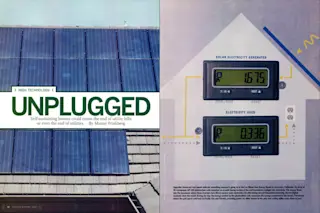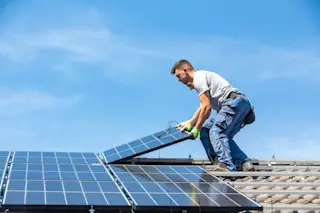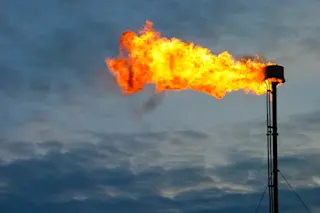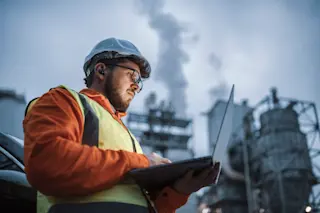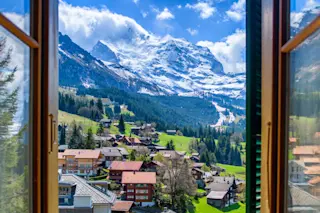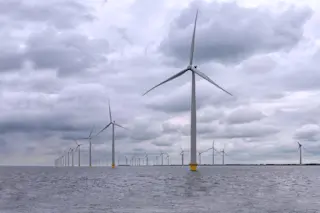In 2003, when we wrote about the Los Olivos Pilot Zero Energy House in Livermore, Calif., it stood as a beacon, promising a new age of homes that could produce as much energy as they used. (“Unplugged,” April 2003.) Although the house is still up and running more than a decade later, the net-zero energy trend has yet to hit the mainstream.
Centex, the home’s builders, stopped their zero-energy efforts a few years later, finding that buyers are more willing to pay for a few energy-efficient features than a full net-zero home, complete with solar panels and a higher price tag.
Yet Davis Energy Group, the consultant behind Los Olivos, still believes in the net-zero dream. The company, which collaborates with utilities and builders to create and monitor net-zero buildings, is working on several projects, says co-founder David Springer. This includes the largest planned net-zero energy community in the U.S., ...


